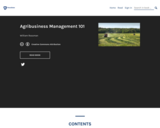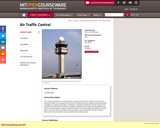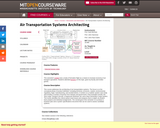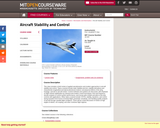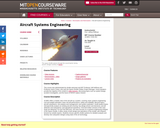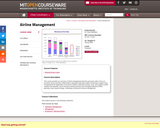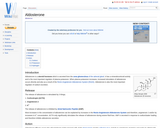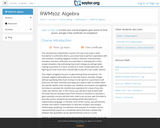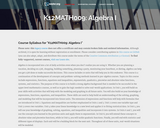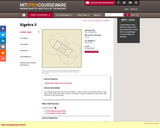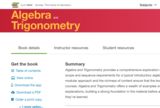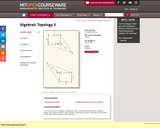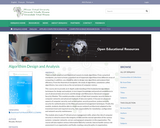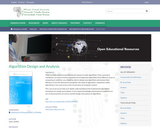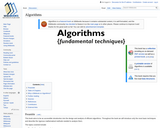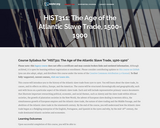
This course will introduce the student to the history of the Atlantic slave trade from 1500 to 1900. The student will learn about the slave trade, its causes, and its effects on Africa, Europe, and the Americas. By the end of the course, the student will understand how the Atlantic slave trade began as a fledgling enterprise of the English, Portuguese, and Spanish in the 1500s and why, by the mid-eighteenth century, the trade dominated Atlantic societies and economies. Upon completion of this course, students will be able to: think analytically about the various meanings of 'slave' and 'slavery' during the age of the Atlantic slave trade; identify and describe the 'triangular trade' and define the Atlantic World; identify and describe the logic for enslavement of Africans by Europeans; identify and describe the African ethnic groups enslaved by Europeans and those captives' New World destinations; identify and describe the early slaving voyages of the Portuguese and Spanish. Students will also be able to describe how the Dutch and English later inserted themselves into the trade; identify and describe the expansion of the plantation complex in the New World in the 1600s and its impact on the Atlantic slave trade; identify and analyze the rise of European empires and the parallel expansion of the Atlantic slave trade; identify and analyze slavery within African societies. They will also be able to identify and describe the trans-Saharan slave trade and the Red Sea/Indian Ocean slave trade; identify and describe the nature of the African slave market and principal slaving ports in western Africa; analyze and describe New World slave societies and their impact on the Atlantic slave trade; identify and describe the 'Middle Passage' of the Atlantic slave trade; identify and describe the causes for the abolition of the Atlantic slave trade in the nineteenth century; analyze and interpret primary source documents that elucidate all aspects of the Atlantic slave trade. (History 311)
- Subject:
- Arts and Humanities
- History
- World History
- Material Type:
- Assessment
- Full Course
- Lecture
- Lecture Notes
- Reading
- Syllabus
- Provider:
- The Saylor Foundation
- Date Added:
- 02/20/2019
